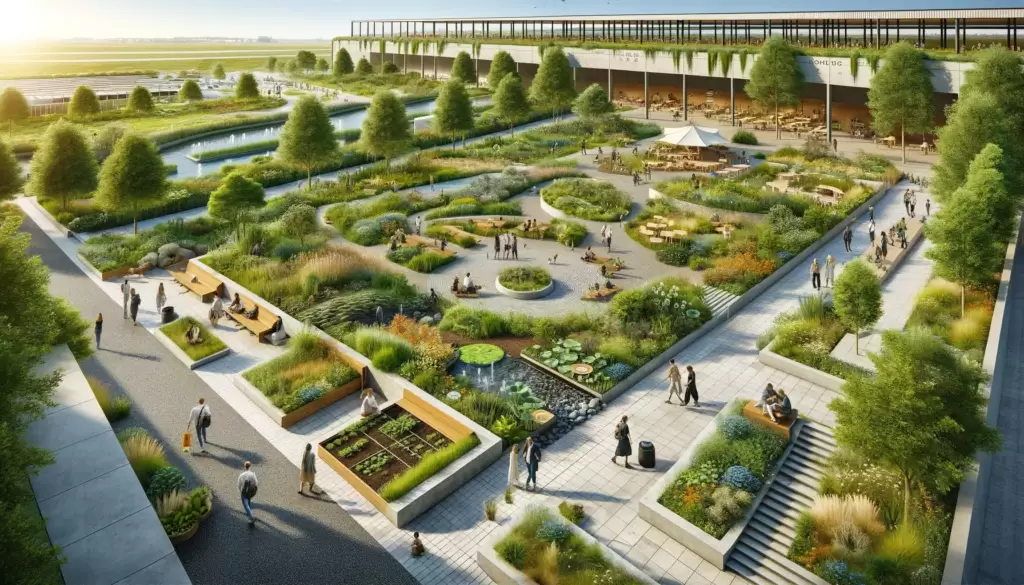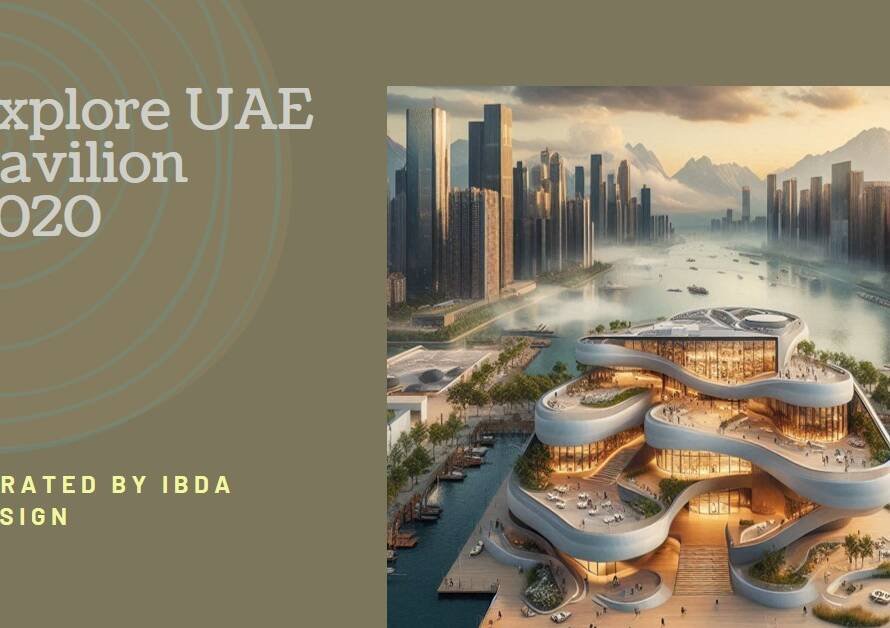
Table of Contents
Introduction: Embracing an Eco-Friendly Approach
Sustainable landscape design is more than just an aesthetic choice; it’s a commitment to environmental stewardship. This guide will explore how to create outdoor spaces that are not only visually stunning but also environmentally responsible and sustainable over the long term.
Understanding Sustainable Landscaping
Defining Sustainability in Landscaping:
Sustainable landscape design focuses on creating an ecosystem that is in balance with the local climate and environment. It aims to reduce the negative impact on the earth and foster biodiversity and sustainability.
Benefits of Sustainable Landscaping:
Beyond environmental benefits, sustainable landscaping can reduce maintenance costs, conserve water, and create a healthier space for people and wildlife.
Analyzing and Preparing the Site
Site Analysis:
Begin with a thorough analysis of the site, considering soil type, climate, topography, and existing vegetation. This understanding will guide the selection of appropriate plants and design elements.
Soil Preparation:
Healthy soil is the foundation of a sustainable landscape. Enhance soil health through organic amendments and appropriate cultivation techniques to encourage water retention and aeration.
Plant Selection: Going Native
Choosing Native Plants:
Native plants are adapted to the local environment, requiring less water, fewer pesticides, and less care overall. They also provide essential habitats for local wildlife.
Diversity in Planting:
Diversity in planting not only creates a visually appealing landscape but also supports a healthy ecosystem. It helps in pest control and encourages a variety of birds and beneficial insects.
Water Conservation Techniques
Efficient Irrigation:
Incorporate efficient irrigation techniques like drip irrigation or soaker hoses that deliver water directly to the plant roots, reducing waste and evaporation.
Rainwater Harvesting:
Utilize rain barrels or build rain gardens to capture and utilize rainwater, which is a sustainable source of water for landscaping.
Sustainable Materials and Construction Methods
Eco-friendly Materials:
Choose materials that are sustainably sourced, recycled, or recyclable. This includes everything from paving materials to garden furniture.
Low-Impact Construction:
Employ construction methods that minimize environmental disruption. Avoid extensive grading and retain existing vegetation where possible.
Creating Wildlife Habitats
Attracting Wildlife:
Design elements such as birdhouses, native flowering plants, and water features can attract wildlife, turning the landscape into a living ecosystem.
Supporting Biodiversity:
Biodiversity is key in sustainable landscaping. Create a variety of habitats to support different species of animals, birds, and insects.
Maintenance: Ensuring Long-Term Sustainability
Organic Practices:
Adopt organic maintenance practices, avoiding chemical fertilizers and pesticides. Utilize natural pest control methods and organic compost.
Regular Care and Monitoring:
Sustainable landscapes require regular care and monitoring. Adjust and evolve the landscape design based on the changing needs of the environment and the ecosystem.
Integrating Edible Landscapes
Incorporating Edible Plants:
Incorporating edible plants like vegetables, herbs, and fruit trees can provide fresh produce while also contributing to the landscape’s sustainability.
Permaculture Principles:
Apply permaculture principles to create a self-sustaining ecosystem where plants and animals interact to mutual benefit.
Educating and Engaging the Community
Promoting Sustainable Practices:
Use the landscape as an educational tool to promote sustainable practices. This can involve community workshops, signage explaining the sustainable features, or school programs.
Community Involvement:
Encourage community involvement in the creation and maintenance of the landscape. This fosters a sense of ownership and appreciation for sustainable practices.


Conclusion: The Future of Landscaping
Sustainable landscape design is an evolving art that balances ecological responsibility with aesthetic appeal. By embracing these principles, we can create landscapes that not only beautify our surroundings but also contribute positively to the environment and the future of our planet.



